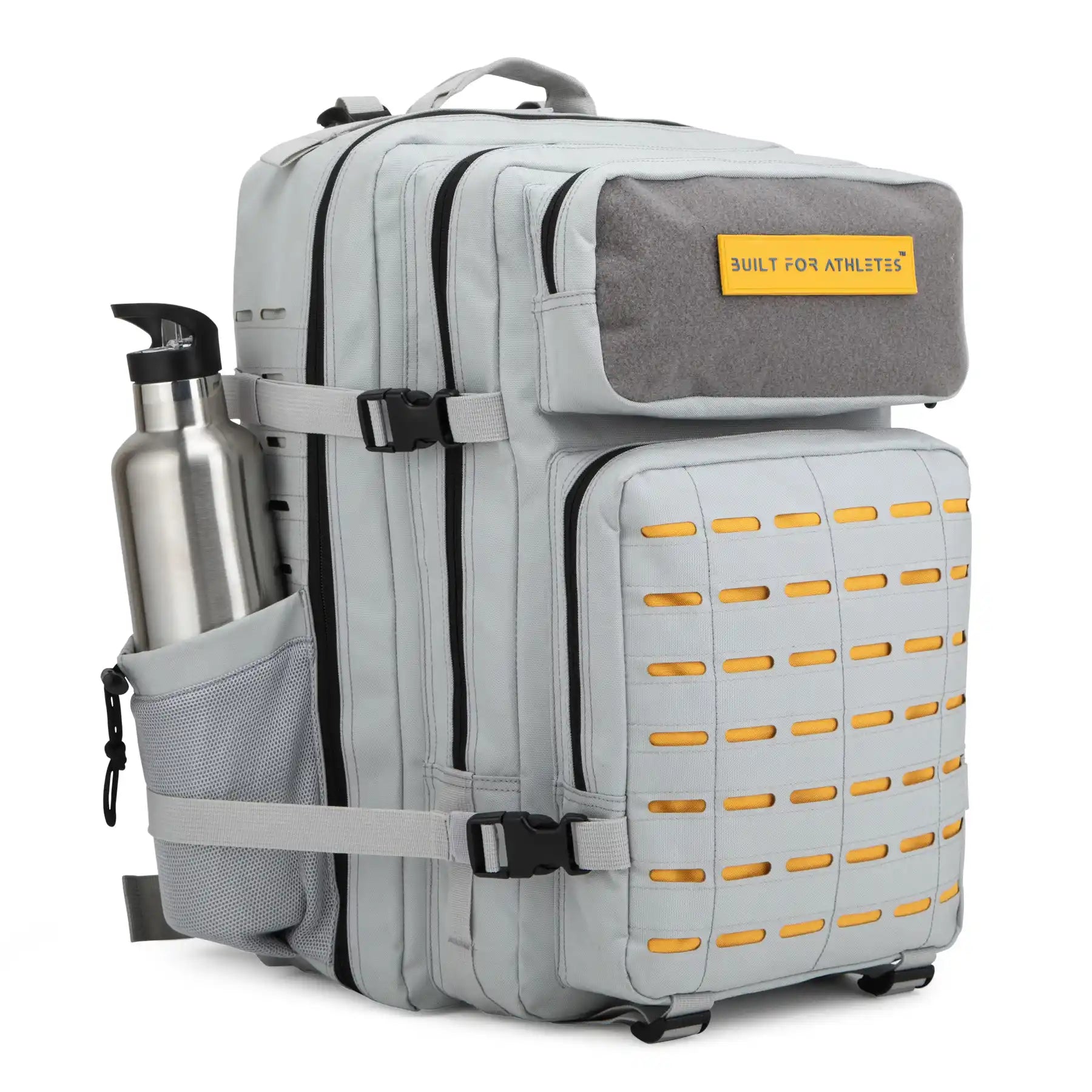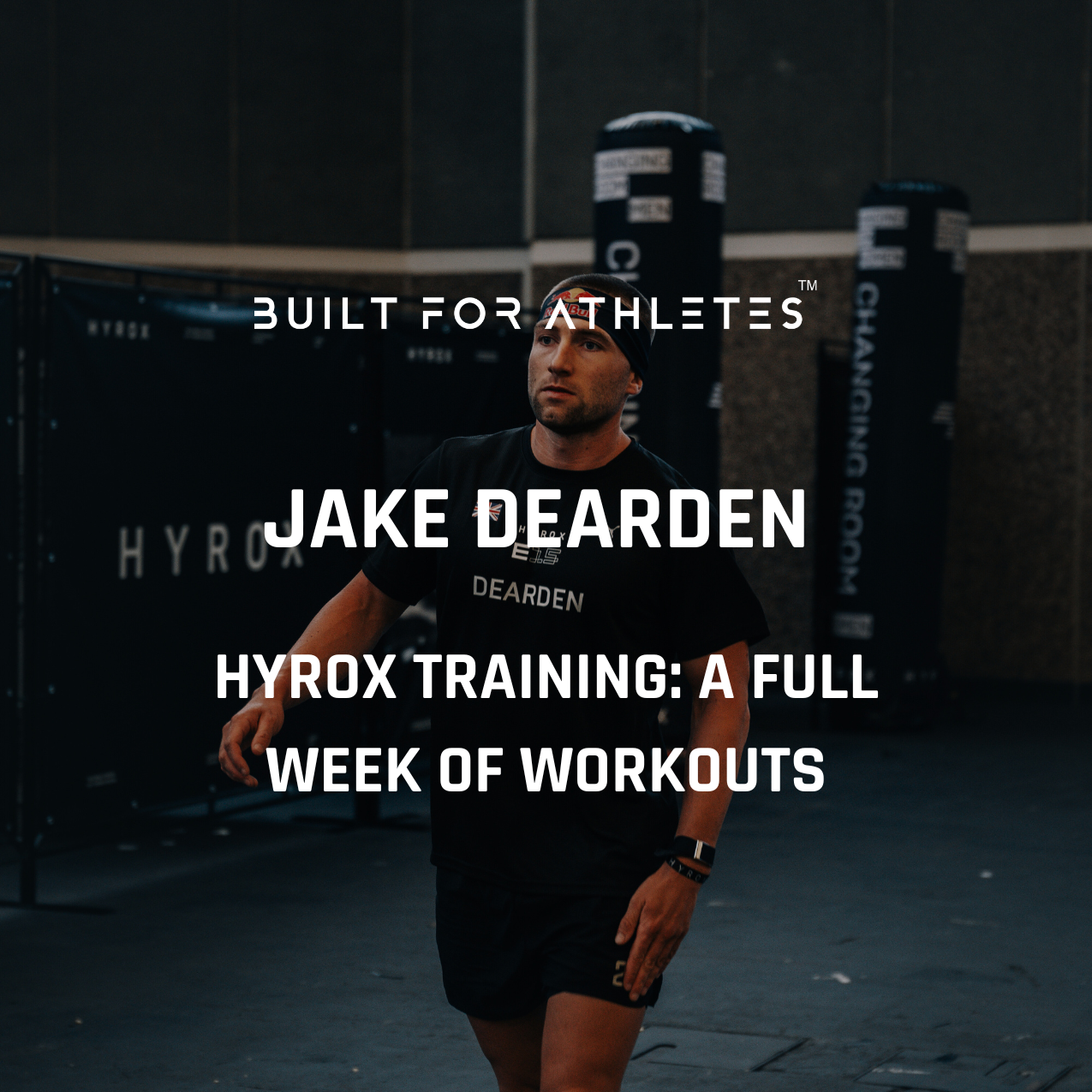Just completing an Ironman requires a level of fitness above that of the average person on the street, but elite or professional athletes are a world apart.
That’s because they make incredible sacrifices and are willing to structure their lives around high volumes of training. Those aiming to be competitive on the world stage will regularly put in around 25 hours a week across the three sports.
Here’s a look at the nitty-gritty detail of exactly what top Ironman athletes put themselves through.
Summary Of Elite Ironman Training
In the training block leading up to a major race, individual athletes might focus a little more on one of the three disciplines depending on their strengths and weaknesses and the specific race they’re training for, but none can be neglected. A typical day will include two to three sessions with strength and conditioning workouts thrown in across the week.
Canadian pro Cody Beals has revealed details of his own training before winning Ironman 70.3 Ecuador. “The three weeks that were the meat of this block averaged 6 swims totaling around 21,000 meters, 5 rides totaling about 9.5 hours (excluding short commutes to the pool), 9 runs totaling about 90 km and a minimal in-season conditioning routine consisting of a few sessions totaling 1-2 hours,” he said.
How Pro Ironman Athlete Cody Beals Trains
Sunday
Ride endurance + tempo (4 hours, 150-155 km)
Run endurance + hills (~15 km)
Monday
Swim aerobic density (~4,500 short course meters (SCM))
Run easy post-swim (~3.5 km)
Ride endurance (1.5 hours)
Tuesday
Ride VO2 pyramid (1.5 hours)
Swim (~2,500 scm)
Run endurance (~14 km)
Wednesday
Swim interval session (~4,500 scm)
Run easy post-swim (~3.5 km)
Run track 400s or fartlek (13-15 km)
Thursday
Ride short VO2 intervals (1.5 hours)
Swim (~2,500 scm)
Run recovery (7-8 km)
Friday
Tempo swim with surges (~4,500 scm)
Run easy-post swim (~3.5 km)
Run treadmill 8x1km (~23 km)
Ride recovery (1 hour)
Saturday (recovery day)
Run recovery (~6 km)
Swim (~2,500 scm)
Summary: The three weeks that were the meat of this block averaged 6 swims totaling around 21,000 meters, 5 rides totaling about 9.5 hours (excluding short commutes to the pool), 9 runs totaling about 90 km and a minimal in-season conditioning routine consisting of a few sessions totaling 1-2 hours. This works out to a total training volume of about 22-24 hours per week.


























































Share:
Gabriela Migala Sceptical Whether The CrossFit Games Will Go Ahead
Does CBD Help You Get Better Sleep?